Transportation Engineering Services
At Chambers, we specialize in designing and optimizing transportation systems that significantly improve safety and accessibility for all road users. By leveraging state-of-the-art technology and industry best practices, we deliver solutions that not only ease traffic flow but also create safer, more sustainable urban environments.

What We Do
We focus on enhancing transportation systems through in-depth analysis and innovative safety improvements. Our services are designed to:
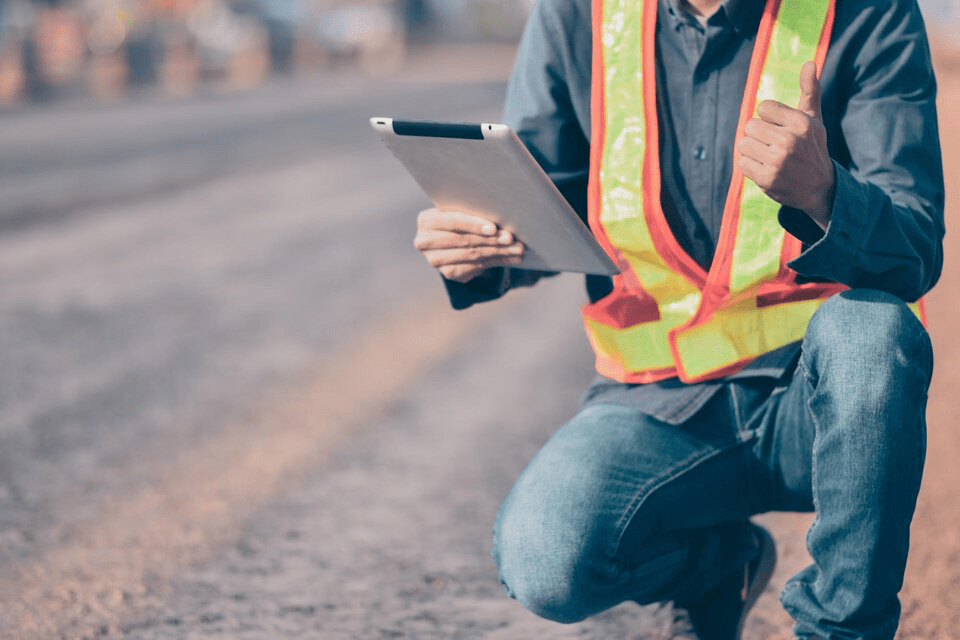
Improve Road Safety
Our audits and assessments ensure that all transportation infrastructure meets the highest safety standards.

Analyze Traffic Patterns
We conduct detailed studies to understand traffic behavior and identify opportunities for improvement.
Every project is tailored to meet the unique challenges of your community, ensuring effective, efficient, and forward-thinking transportation solutions.
Our Key Services

Road Safety Audits
Safety is our top priority. Our road safety audits help to identify and mitigate risks
by:
- Comprehensive Evaluations: Examining road design, signage, lighting, and pedestrian infrastructure.
- Accident Data Analysis: Reviewing historical crash data to pinpoint high-risk areas.
- Safety Enhancement Recommendations: Suggesting improvements such as better traffic calming measures, enhanced visibility, and optimized lane configurations.
- Compliance & Best Practices: Ensuring all safety measures align with local, state, and national standards.

Traffic Studies
Understanding traffic patterns is the cornerstone of effective transportation planning. Our comprehensive traffic studies include:
- Data Collection & Analysis: We gather detailed traffic data using modern tools and methodologies.
- Flow and Congestion Analysis: Evaluating intersections, road segments, and network performance to identify bottlenecks.
- Impact Projections: Modeling future traffic scenarios to inform proactive design and planning.
- Recommendations: Providing actionable insights to optimize roadway layouts and improve overall traffic management.
How We Do It
Our process is designed to ensure that every project meets your unique needs:

Analysis & Modeling
Our experts use sophisticated software to model traffic scenarios and evaluate safety performance.
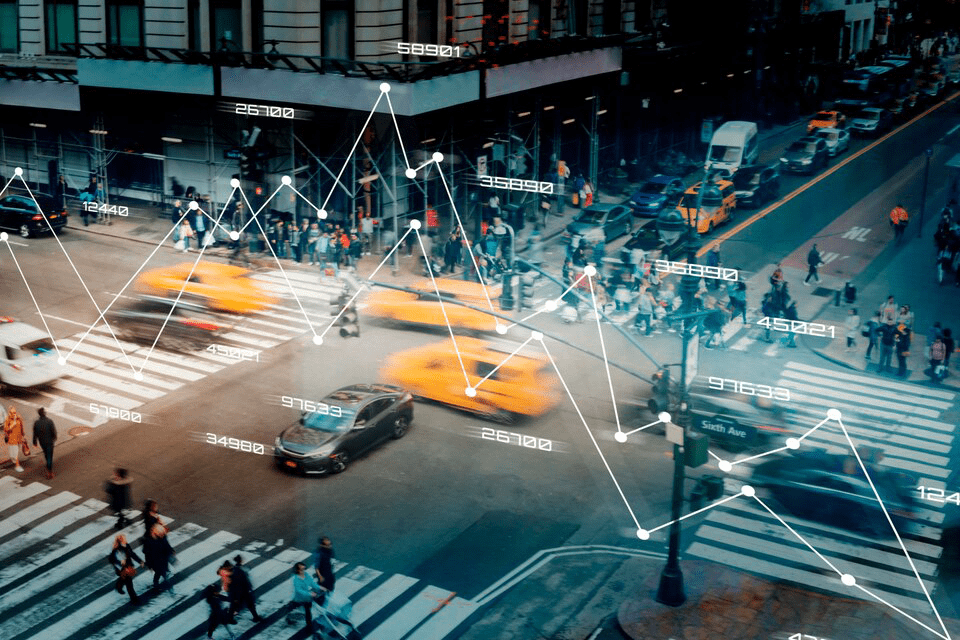
Data Collection & Field Surveys
Using advanced sensors and surveying equipment, we gather accurate traffic data.

Initial Consultation
We start by discussing your project goals and understanding local challenges.

Post-Implementation Review
We monitor performance over time and make adjustments as needed to ensure ongoing improvement.

Implementation Support
From planning to execution, we work closely with you to ensure that every recommendation is seamlessly integrated.
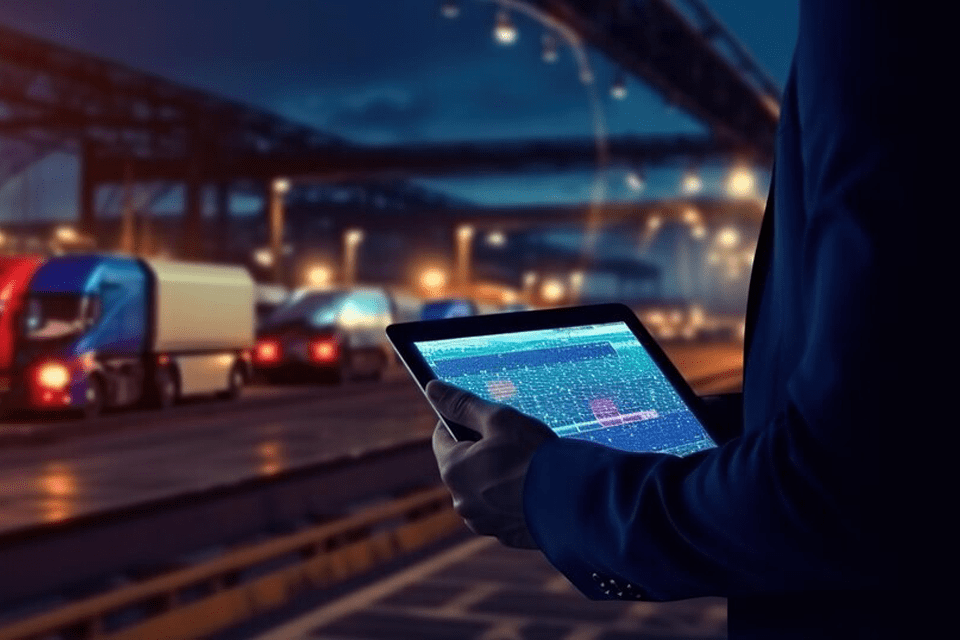
Customized Recommendations
We develop tailored strategies that enhance traffic flow and elevate safety standards.
Innovation & Technology
We harness the latest technological advancements to drive smarter transportation solutions:
Advanced GIS & CAD Tools
GIS & Advanced Mapping
GIS & Advanced Mapping
- For precise traffic analysis and visualization.
Simulation Software
Simulation Software
Simulation Software
- To model traffic scenarios and predict the impact of proposed changes.
IoT & Sensor Technologies
IoT & Sensor Technologies
IoT & Sensor Technologies
- Enabling real-time data collection and adaptive traffic management.
Data Analytics & Machine Learning
Data Analytics & Machine Learning
Data Analytics & Machine Learning
- To derive actionable insights from vast datasets, ensuring continuous optimization.
Sustainability & Impact
Our transportation engineering solutions are designed with the future in mind:
- Reduced Emissions: Optimized traffic flows help decrease vehicle emissions, contributing to cleaner air.
- Enhanced Mobility: Improved safety and accessibility encourage the use of public and non-motorized transportation.
- Economic Benefits: Efficient transportation systems lower operating costs and stimulate economic growth.
- Community Wellbeing: Safer roads lead to fewer accidents, making communities more livable and resilient.
Industries We Serve
Our expertise in transportation engineering spans a variety of sectors:

Government & Municipalities
We partner with local and regional governments to develop and maintain safe,
efficient transportation networks that serve the public.
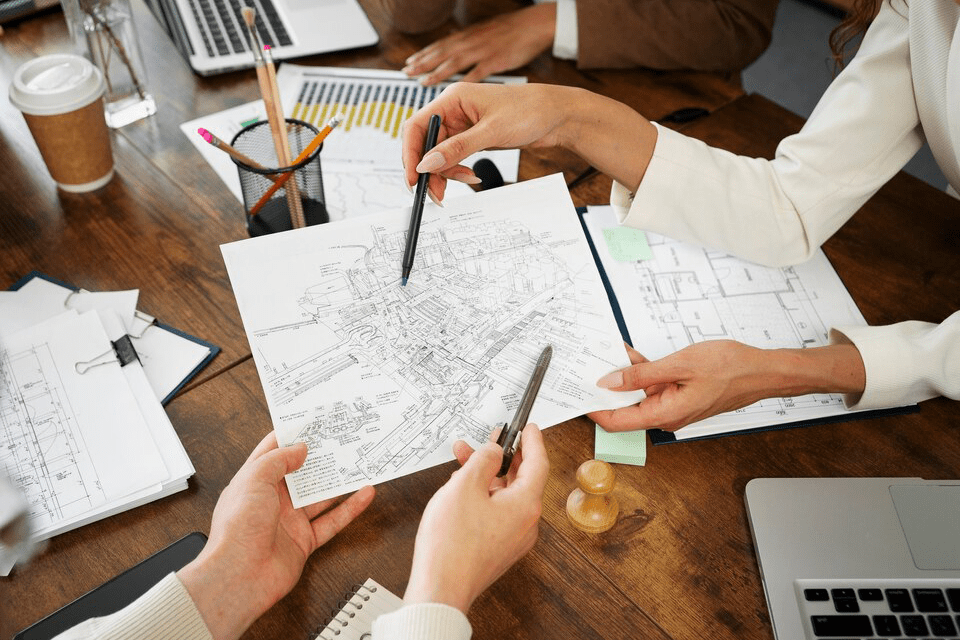
Urban Developers & Planners
Our data-driven approach helps urban developers create integrated
transportation systems that support sustainable city growth.
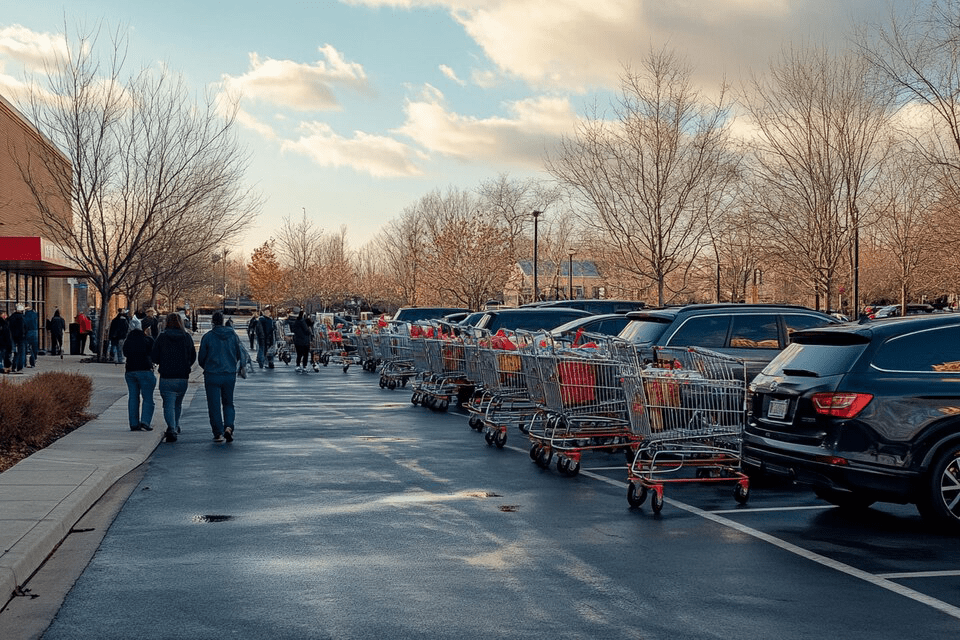
Commercial & Retail
We work with commercial districts to design road networks that facilitate smooth
traffic flow, boosting accessibility and economic activity.

Educational & Institutional Campuses
Ensuring safe and efficient transportation within and around large campus areas is
crucial—we’ve got you covered.
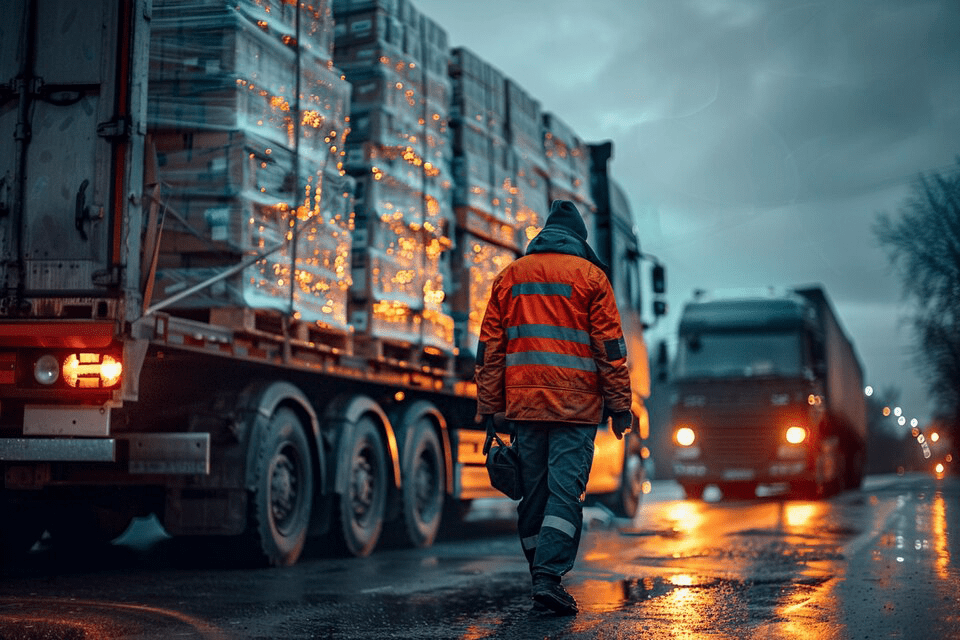
Logistics & Freight Companies
Our solutions optimize routes and improve the efficiency of freight and delivery
operations, reducing delays and costs.
Why Land Development is Important
Transportation engineering is critical for modern society:
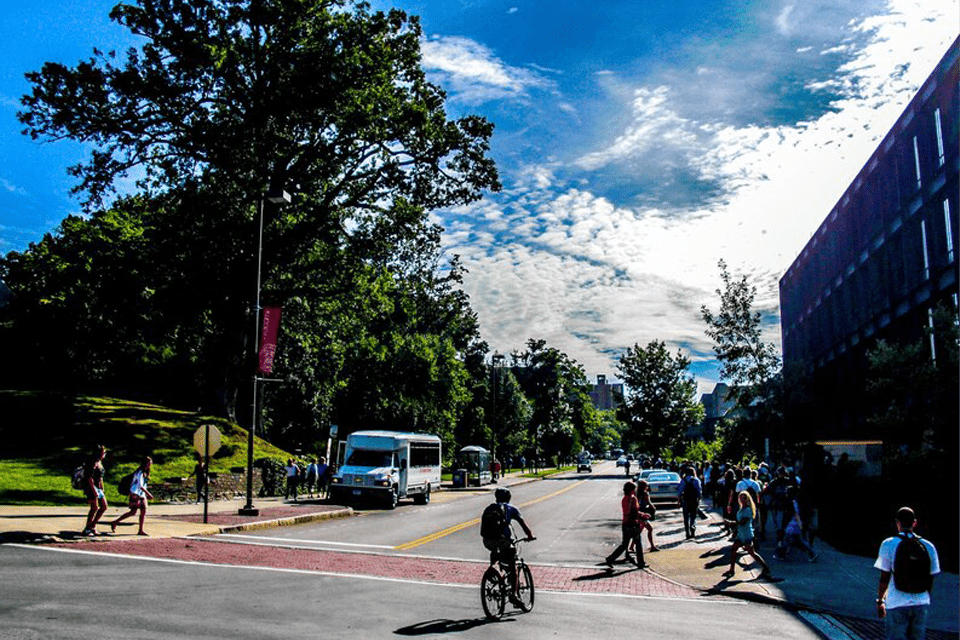
Improving Accessibility
Safe and accessible roads and transit networks empower communities and promote inclusive growth
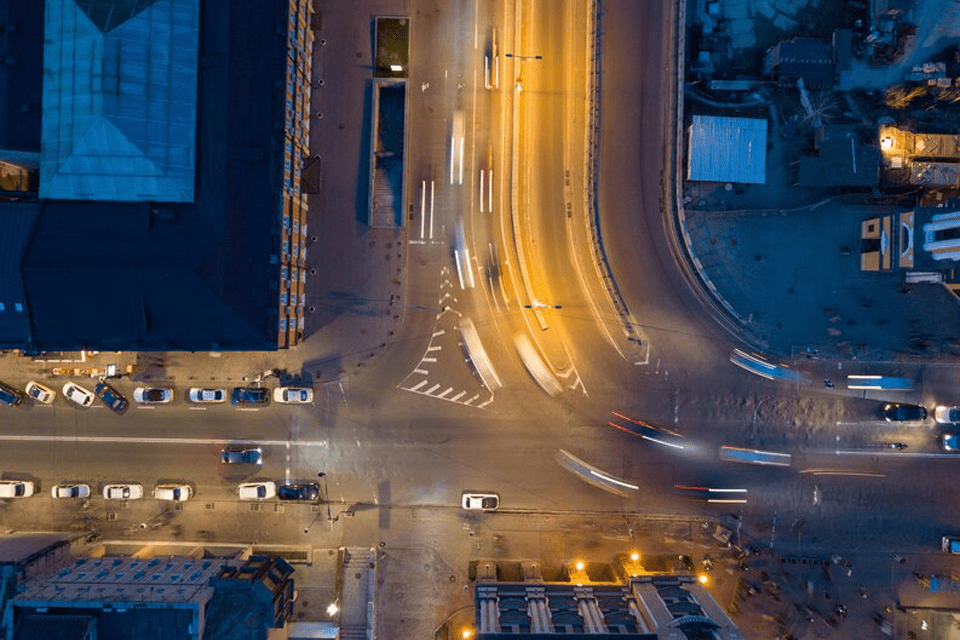
Boosting Economic Activity
Efficient traffic flow supports commerce,reduces delays, and cuts operational costs.
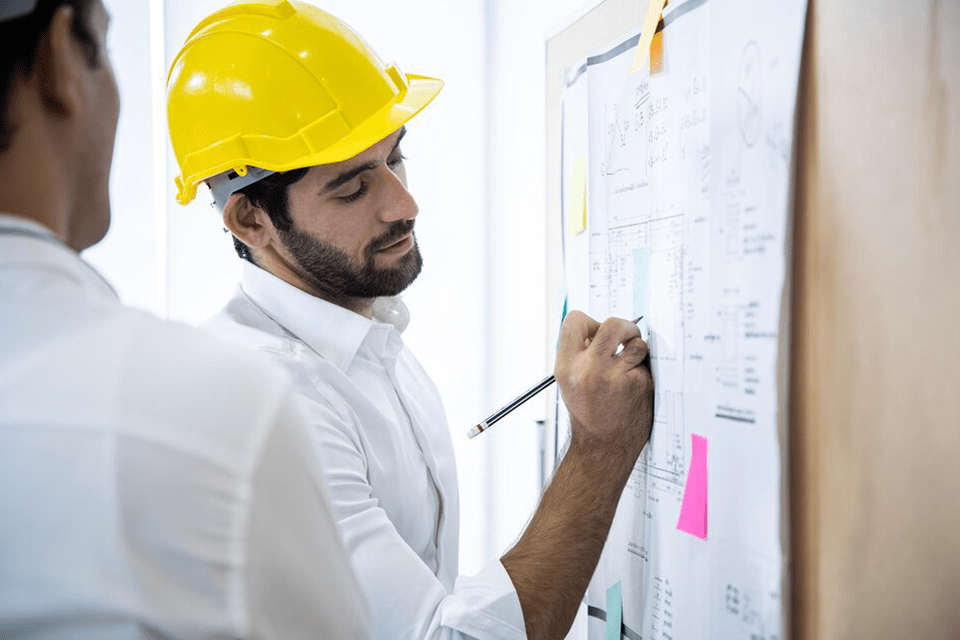
Enhancing Safety
Thoughtfully designed transportation systems reduce accidents and protect lives.

Urban Development
A robust transportation system is the backbone of thriving, connected cities.

Sustainability
By optimizing traffic, we reduce emissions and contribute to a cleaner environment.
At Chambers, we’re dedicated to creating transportation solutions that not only meet today’s needs but also pave the way for a smarter, safer, and more sustainable future.
FAQs
Have questions? We have answers:
What does a typical traffic study involve?
Our traffic studies include data collection, flow analysis, and simulation modeling to identify congestion points and recommend actionable improvements.
How do road safety audits improve public safety?
By identifying risk areas through accident data and infrastructure analysis, we recommend targeted improvements that enhance safety for all road users.
What technologies do you use for traffic analysis?
We use GIS, simulation software, IoT sensors, and advanced data analytics to provide precise and actionable insights.
For more detailed answers, please visit our FAQ page or contact our team.
Contact Us
Ready to enhance your transportation network? Reach out today to discuss your project, request a quote, or learn more about our services.
contact with us
Our Other Services

Ready to Get Started?
Ready to discuss your project? We’re here to help!




Do your traffic studies also account for pedestrian and cyclist movements, or just vehicles?
Yes, our traffic studies include pedestrian and cyclist movements alongside vehicles. We assess all modes of transport to ensure safe, efficient, and inclusive infrastructure design that supports active transportation and reduces congestion.
What kinds of sensors or IoT tools do you typically deploy in your data collection process?
We typically deploy instruments like inclinometers, piezometers, strain gauges, and vibration sensors, along with IoT-enabled weather stations and structural health monitoring devices. These tools provide real-time data to support informed decision-making throughout the project lifecycle.
How do you balance the needs of freight traffic with pedestrian safety in mixed-use areas?
We balance freight traffic and pedestrian safety by designing designated loading zones, implementing traffic calming measures, and optimizing routing to minimize conflicts, ensuring safe and efficient use of mixed-use areas.
The way you combine tech with practical design is seriously impressive. Great work!
Great to see such a strong focus on accessibility and safety for all road users—especially pedestrians and cyclists.
Optimizing traffic while reducing emissions? That’s the kind of smart infrastructure we need everywhere.
So many urban areas suffer from outdated traffic systems